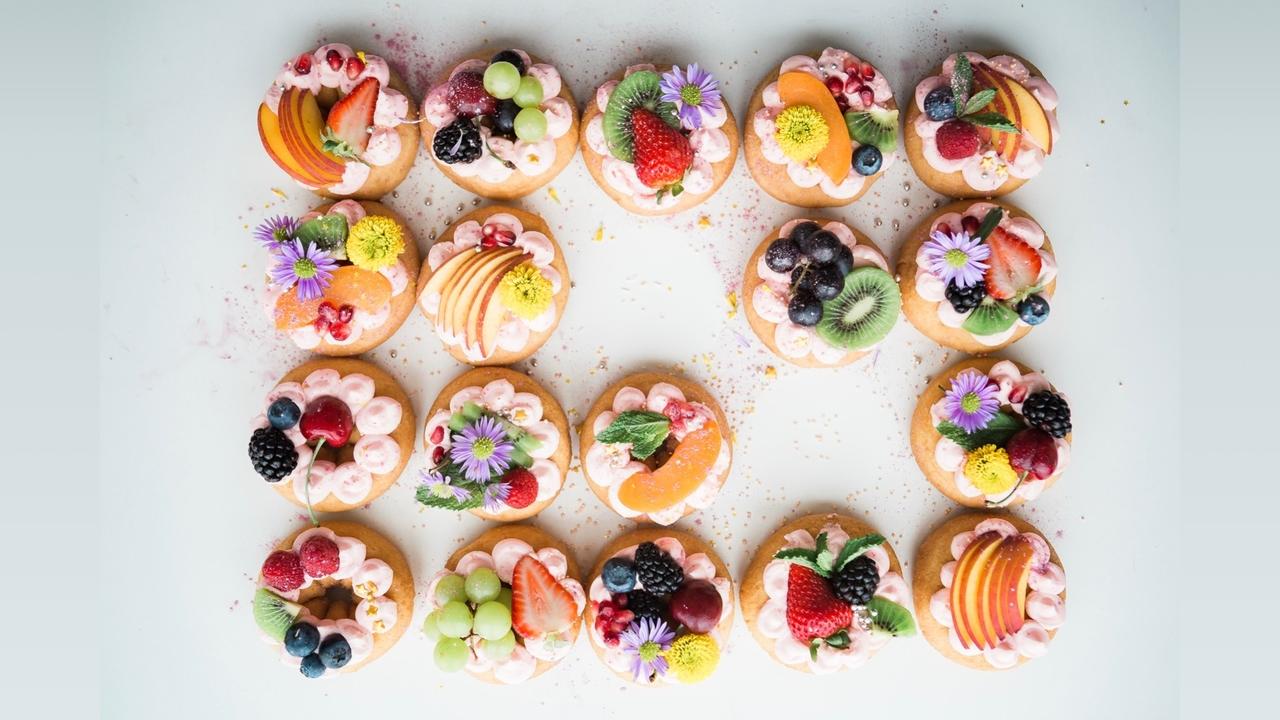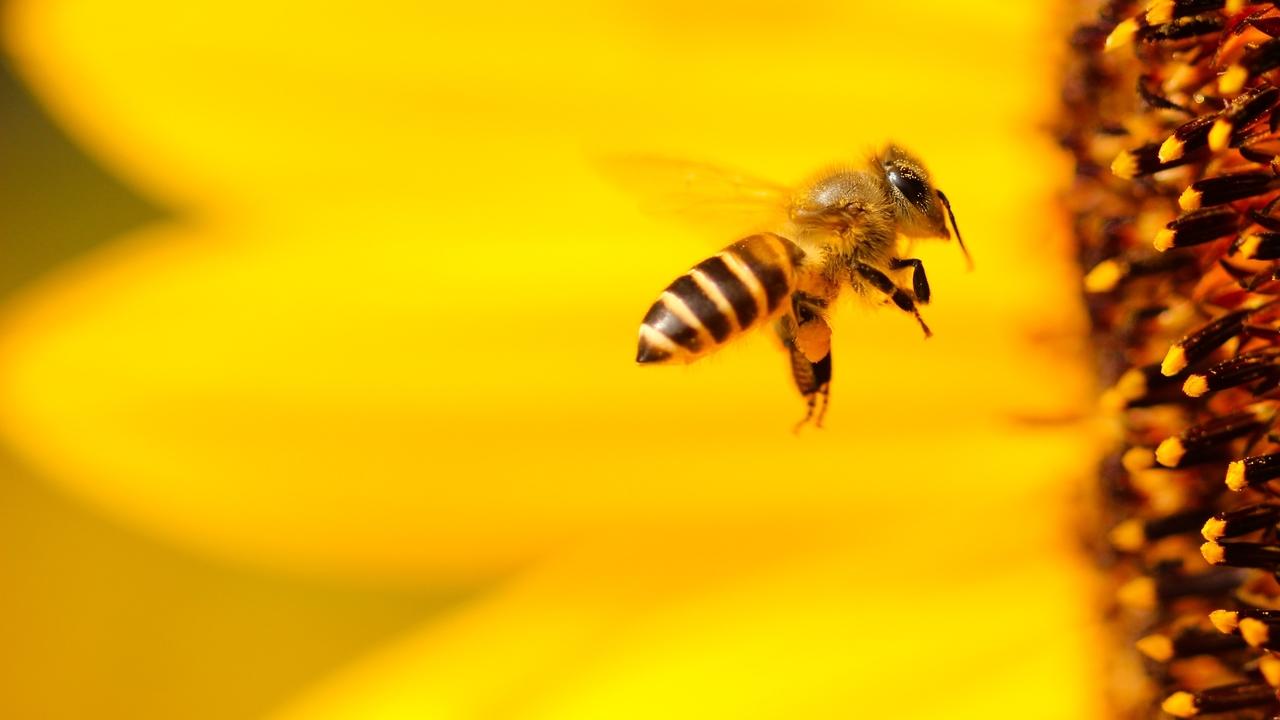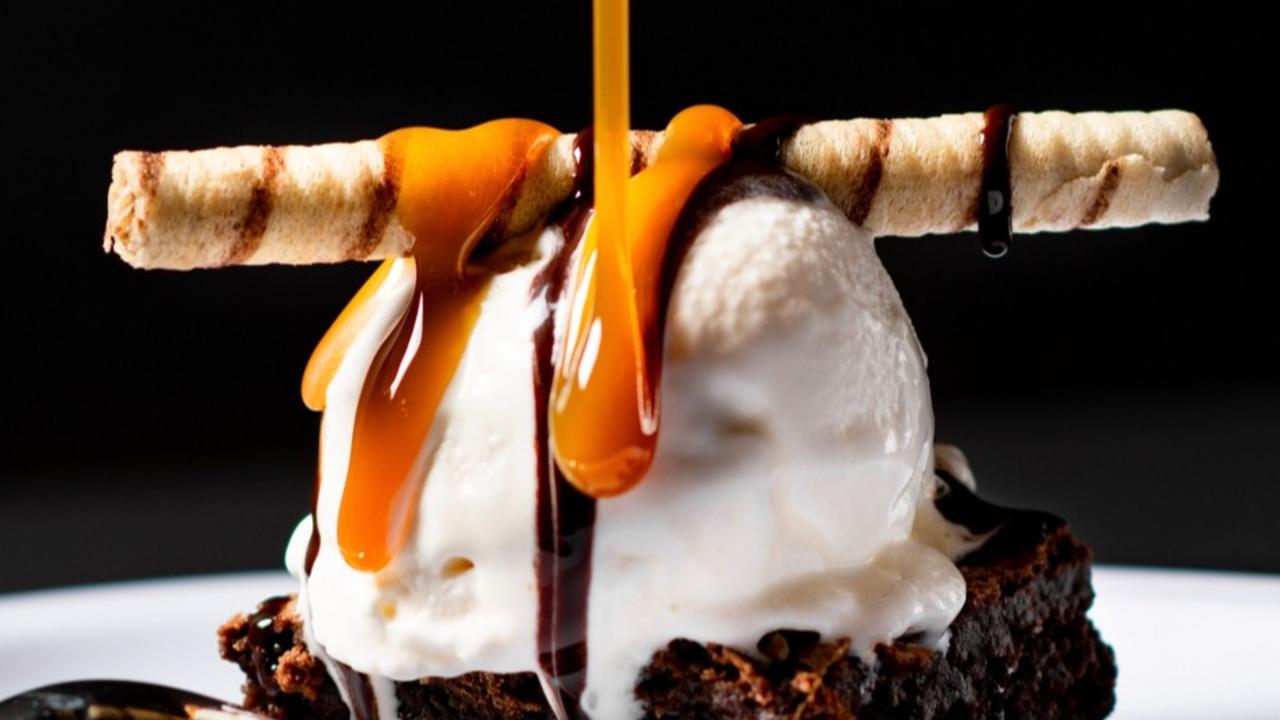Showhomes
Colour Psychology - Interior Design & Decoration - Brisbane and Gold Coast
Spark Joy with Colour Psychology

The idea of sparking joy has been made famous in Marie Kondo's runaway bestseller, "The Life-Changing Art of Tidying Up". The basic concept is that if an item 'sparks joy' when you hold it, then you should keep it and if it doesn't spark joy, discard it.
Sparking joy seems to be a great way to analyse almost any situation. Imagine if we asked, ‘Will this spark joy?' before every action and took corrective action if the answer is 'No'. Would our lives change significantly as a result?
The question is intended to elicit an emotional response. Science likes to be less emotional and more objective while feeling joy is purely subjective. This can be confronting for the more analytical among us. Those looking for facts that can be universally applied may struggle with the uniquely personal nature of what sparks joy in me, compared with what sparks joy in you. What sparks joy for each of us will almost certainly be different.
The emotions around colour are similar …...
The Comfort Colours Are The Incredible Edibles

The comfort colours that we currently incorrectly call 'neutrals', all have orange as their base. They are the warm whites, beiges, caramels, and browns. We unconsciously use colour to discern good from bad and to keep ourselves safe. Too pale or 'sickly' looking suggests an undercooked batch of baked goods, while too dark looks burnt. If selecting meat or seafood, too grey looks 'off', etc. Colour is an important indicator of whether a certain food is safe to eat.
It is not simply the 'look' that helps us decide to eat or not to eat food of a particular colour, it is also the meaning of the colour for you personally. What memories are triggered? What emotions does that colour stir in you?
In terms of edibility, common foods contain a lot of the warmer ROY end of the spectrum - red, orange and yellow. These are also the most comforting of the hues, making them easy to eat. The Greens we see as the healthiest and most natural food choices. Meanwhile,...
Honey, Honey Bees and Hives Under Threat - A Colour Psychology Perspective

Honey Is A Comfort Colour
Honey is the quintessential comfort colour. Who can go past the warm-wooded mid-tone colour and silken texture of pure honey? Yet honey, and more specifically the honey bees, are under threat. Colour Psychology helps us to interpret the impact of environmental factors on the honey bee and the hive.
Often, when excavating ancient Egyptian tombs, modern archeologists will find something unexpected among the artifacts. Thousands of years old containers of fully edible honey still await the Pharoah's pleasure. The food remains unsullied through time. It is an unmistakable testament to the eternal nature of honey.
Honey is unique in that it can remain preserved in a completely edible form. This means you could tuck into a 'thousands of years old' jar of honey and enjoy it without delay. It would taste the same as if it were a day old. Honey is also unique amongst long-living foods as it retains medicinal properties that...
Why Singer John Mayer Seeks Magenta But Attracts Purple

Singer-songwriter John Mayer is looking for love in full colour
"Life is like a box of crayons. Most people are the 8 colour boxes, but what you’re really looking for are the 64 colour boxes with the sharpeners on the back. I fancy myself to be a 64 colour box, though I’ve got a few missing. It’s okay though, because I’ve got some more vibrant colours like Periwinkle at my disposal. I have a bit of a problem though in that I can only meet the 8 colour boxes. Does anyone else have that problem? I mean there are so many different colours of life, of feeling, of articulation. So when I meet someone who’s an 8 colour type… I’m like, hey girl, Magenta! and she’s like, oh, you mean Purple! and she goes off on her purple thing, and I’m like, no I want Magenta!”

John Mayer accurately describes the deeply personal relationship we all have with colour and how colour...
Coffee, Chocolate, Comfort vs Neutral Colours

How do we tell the true neutrals from the comfort colours, and what is the difference?
Ice-cream, coffee, chocolate, are just a few of the 'comfort' colour palette that makes us salivate. Why is it that the beiges, browns and warm white foods taste so good and evoke reassuring feelings of home and of comfort? There has been a trend in recent years to call these comfort colours “neutrals”. But this name is technically incorrect.
The term 'neutral' in Interior Design and Decorating means ‘without colour’. The true neutrals are black, white and grey. To call the beiges, browns and creams ‘neutrals’ muddies the waters so to speak and creates confusion.
Let's turn to Colour Psychology to give clarity to the confusion around what is a true neutral colour palette, what is not, and what this means to how we perceive and use colour.
In scientific terms, colour is simply the range of visible light that humans can see. Black,...
What is Colour Psychology?

Colour is a powerful force that influences our perceptions and decisions on a moment-by-moment basis, yet we often dismiss its importance and take its powerful properties for granted. Many people lack an understanding of how to fully use colour to nurture and heal themselves and others. We interpret this knowledge with the study of Colour Psychology.
According to Wikipedia, "Colour Psychology is the study of hues as a determinant of human behaviour. Colour influences perceptions that are not obvious, such as the taste of food. Colours can also enhance the effectiveness of placebos (in medical trials). Factors such as gender, age, and culture can influence how an individual perceives colour."
Colour Psychology examines colour as it relates to human emotions. While studying Colour Psychology we learn about the emotional energy that each colour holds. We put words to these emotions so that we can...



